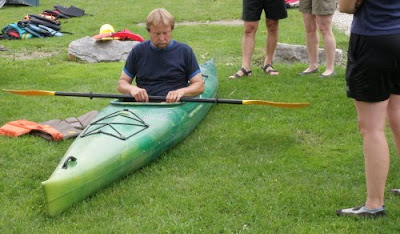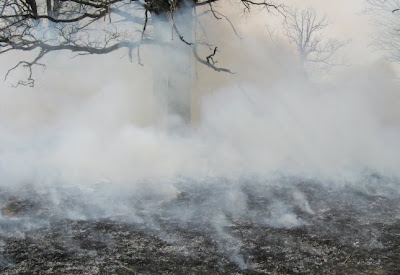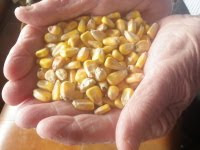I am Attiwandaron... A Neutral... Who Are You?

The Iroquoian Neutrals of Southern Ontario were the bullies of Rome-burning… an unknown race of great power. It is 1625... and I have just stepped into the few recorded pages of the Iroquoian Neutrals. What I saw, riveted my attention. I was not prepared for the total nakedness of these people. Their skin was saturated by blood scarring with charcoal-pierced tattoos of snakes, monstrous beasts and “Oki” spirits. They were the tallest, finest bodied people among the Huron, Petun and Five Iroquois Nations. There were no hunchbacks, club feet or one-eyes in the villages. Unlike the other Iroquoians there was no specific style of hair… no head-dress... but curls were not allowed. They were a “musket-less” people with war clubs, leather elk shields and arrows. Around there neck was a pouch of tobacco, flint, calumet and totems. Their skin was heavily oiled from head to toe and pungent. Their sight-detection was very keen. They could follow scent. Their endurance and aloofnes




